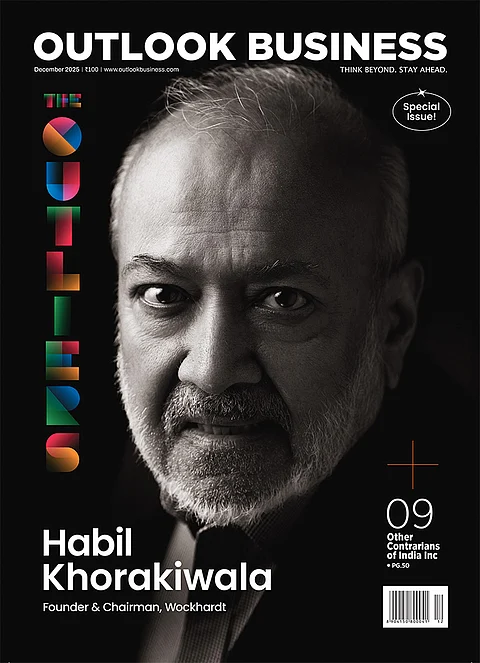Delhi residents woke up on Tuesday to heavy grey haze darkening the city skies, reduced visibility and the air quality in the 'red zone' after many celebrated Diwali last night by bursting firecrackers beyond the two-hour limit set by the Supreme Court.
According to a Central Pollution Control Bureau (CPCB) bulletin, Delhi's Air Quality Index (AQI) was 'very poor', with a reading of 352 at 8 am. It was 346 at 5 am, 347 at 6 am and 351 at 7 am.
Citing World Health Organisation’s (WHO) data, The Hindu reported that overall air pollution in Delhi on the morning of October 21 was about 15 times the limit prescribed by WHO.
The Supreme Court had allowed the use of green firecrackers in Delhi-NCR between 8 pm and 10 pm on Diwali, which was celebrated on Monday. However, many flouted the court directions, with celebrations continuing late into the night.
Delhi's AQI stood at 349 at 12 am and 348 at 1 am, according to hourly data from the CPCB.
On Monday, 36 of the capital's 38 monitoring stations recorded pollution levels in the 'red zone', indicating 'very poor' to 'severe' air quality across the city.
Delhi's 24-hour average AQI on October 20, reported at 4 pm every day, was in the 'very poor' category at 345.
The air quality is expected to slip into the 'severe' category more widely on October 21 and 22.
An AQI between 0 and 50 is 'good', 51 and 100 'satisfactory', 101 and 200 'moderate', 201 and 300 'poor', 301 and 400 'very poor', and 401 and 500 'severe'.
Rules Blatantly Ignored
The surge in pollution levels was noticed despite Delhi’s plan to celebrate a “green Diwali” this year. According to reports, the Supreme Court had permitted the use of green cracker in the Delhi-NCR region between October 18 and October 20 but only during two designated time slots, i.e., from 6 am to 7 am and 8 pm to 10 pm.
However, as Business Standard report, residents flouted the restrictions put forth by the Supreme Court by bursting crackers before and after the permitted hours.
GRAP-2 Enforced
The CAQM on October 19 enforced the Stage-2 of the Graded Response Action Plan (GRAP) in Delhi. The decision was made because it was anticipated that the city's pollution levels would increase over the next few days as a result of weather and firecracker explosions.
Stage-2 of GRAP is implemented when the AQI is classified as "very poor".
(With inputs from PTI.)





























